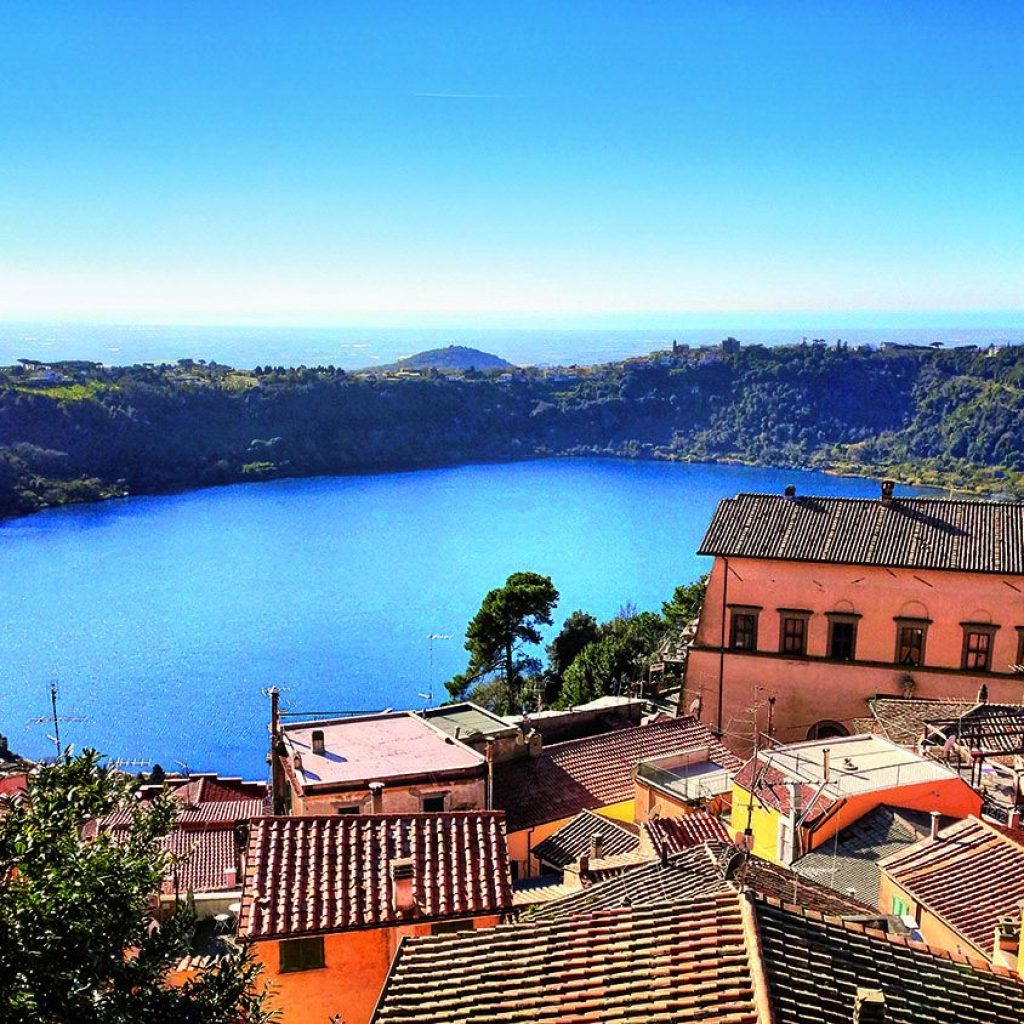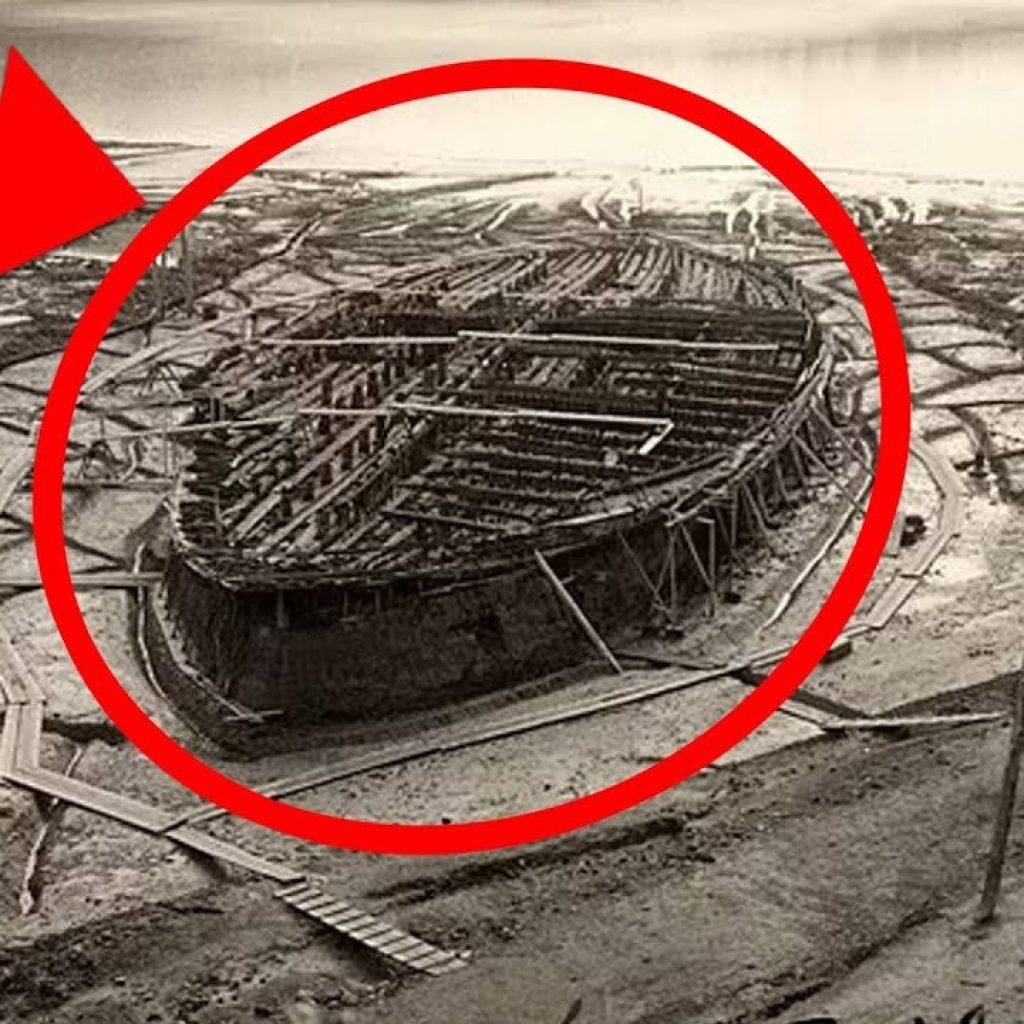Lake Nemi and Caligula’s Lost Ships: A Tale of Imperial Grandeur
Nestled within the verdant Alban Hills, just 30 kilometers south of Rome, lies Lake Nemi—a small volcanic crater lake steeped in history and myth. Known in ancient times as Speculum Dianae or “Diana’s Mirror,” the lake was sacred to the goddess Diana Nemorensis. Its serene waters once concealed two of the Roman Empire’s most enigmatic artifacts: the opulent ships of Emperor Caligula.

Caligula’s Floating Palaces
Emperor Caligula, who reigned from 37 to 41 AD, was renowned for his extravagance and fascination with religious rituals. Influenced by Egyptian traditions and the worship of Isis, he commissioned the construction of two massive ships on Lake Nemi. These vessels, unprecedented in size and luxury for their time, were not intended for transportation but served as floating temples and pleasure barges.Wikipedia
Measuring approximately 70 and 73 meters in length, the ships featured advanced engineering and lavish decorations. They boasted marble floors, intricate mosaics, heating systems, and even plumbing—amenities that showcased Roman innovation. Anchors made of oak with iron-tipped flukes and lead stocks were among the technological marvels discovered.
The Legend Beneath the Lake
After Caligula’s assassination, the Roman Senate sought to erase his legacy through damnatio memoriae, a practice of condemning and obliterating a person’s memory. As part of this, his magnificent ships were scuttled and sank to the bottom of Lake Nemi. Over the centuries, local fishermen spoke of large submerged structures, occasionally retrieving artifacts like bronze fittings and statues, fueling legends of the emperor’s sunken treasures.

Rediscovery and Recovery
Efforts to recover the ships began in earnest during the Renaissance. In 1446, Cardinal Prospero Colonna commissioned architect Leon Battista Alberti to investigate the lake’s depths. Despite several attempts, the technology of the time was insufficient for such an undertaking.
It wasn’t until the late 1920s that a successful recovery was possible. Under the directive of Benito Mussolini, engineers drained part of Lake Nemi using ancient Roman techniques and modern machinery. By 1932, both ships were excavated and housed in a specially constructed museum on the lake’s shore.
Tragic Destruction
Tragically, during World War II, the museum and its priceless contents were destroyed. On the night of May 31, 1944, a fire—allegedly set by retreating German forces—engulfed the building, consuming the ancient ships. Only a few artifacts, previously moved to Rome, survived the inferno.
Legacy and Remembrance
Today, the Museo delle Navi Romane stands as a testament to this remarkable chapter of history. Visitors can view scale models of the ships, recovered artifacts, and exhibits detailing the engineering feats of ancient Rome. The museum also offers insights into the religious significance of Lake Nemi and its association with Diana.
Lake Nemi remains a place where history, legend, and natural beauty converge. Its tranquil waters continue to reflect the stories of a bygone era, inviting travelers to explore the mysteries of the past.
Experience the Castelli Romani with a Local Touch
Having delved into the rich tapestry of Frascati’s history, architecture, and culture, why not immerse yourself in its charm firsthand? At EmiTours, we offer curated experiences that go beyond the typical tourist path. Join us for a journey through the Castelli Romani, where you’ll savor authentic flavors, uncover hidden gems, and connect with the local spirit of the region. Let us guide you through an unforgettable adventure just beyond Rome’s doorstep.



0 Comment